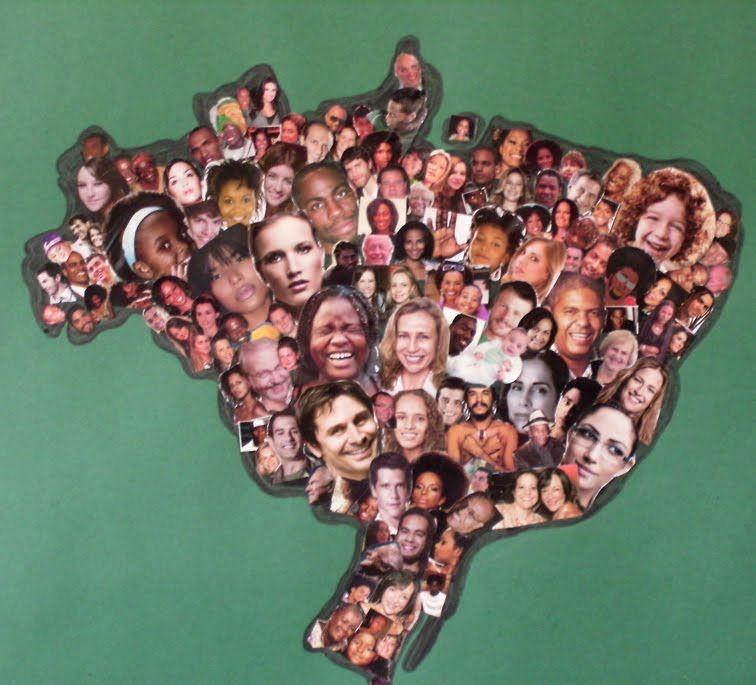Brazilians defining themselves as black has grown 15%; while pretos and pardos are considered black, pretos are those defining themselves as simply black
Black Women of Brazil
2017-12-12

Source: Jornal Floripa, Tudo que Preciso Saber “Nº de pessoas que se declara preta ou parda cresce 14,9%”
Note from BW of Brazil: So what does today’s report really mean in plain English? It’s a topic that’s been discussed here since the debut of this blog back in 2011. Depending on how you look at it, Brazil could have as many 112.7 million black people, which would be 54.8% of the country’s total population of 205.5 million people. Or, looking at it from another perspective, the black population could be around 16.8 million people, which would represent about 8.2% of all Brazilians. Why such a huge discrepancy? Well, again, it depends on how you see it. To come to a figure of 112.7 million black people, one has to include the population of people who define themselves as “pardos”, loosely meaning ‘brown’ or ‘mixed’. At almost 96 million people, they make up about 46.7% of the Brazilian population. For decades, due to quality of life and socioeconomic statistics, black activists have defined the country’s população negra (black population) as the combination of self-declared pretos (blacks) and pardos. The question here would be, how many of those pardos have a phenotype that most would consider black? The world may never know.
The number of Brazilians who declare themselves pretos (blacks) has increased 14.9% to 16.825 million people between 2012 and 2016, according to the Brazilian Institute of Geography and Statistics (IBGE), which announced on Friday the “Características gerais dos moradores 2012-2016” (General characteristics of residents 2012 -2016), raised by the National Continuous Household Sample Survey (PNAD).
According to the survey, the number of Brazilians who declared themselves pardos (or were declared pardos by the resident interviewed) also grew between 2012 and 2016, by 6.6%, to 95.9 million people. This is the largest group, accounting for 46.7% of the population, a condition it assumed from 2015.
The number of Brazilians declaring themselves brancos (whites) in turn continued to shrink: they were 90.9 million in 2016, 1.8% less than in 2012. Of 46.6% of residents in the country in 2012, the declared white population accounted for 44.2% of the total in 2016. Those declared black were 8.2%.
According to Maria Lucia Vieira, research manager, the data indicate an increasing miscegenation in Brazil. There are basically three possible explanations, according to her: increased self-assertion of pretos e pardos (blacks and browns); marriage growth between races; higher fertility rate among pretos and pardos…
Read the entire article here.






